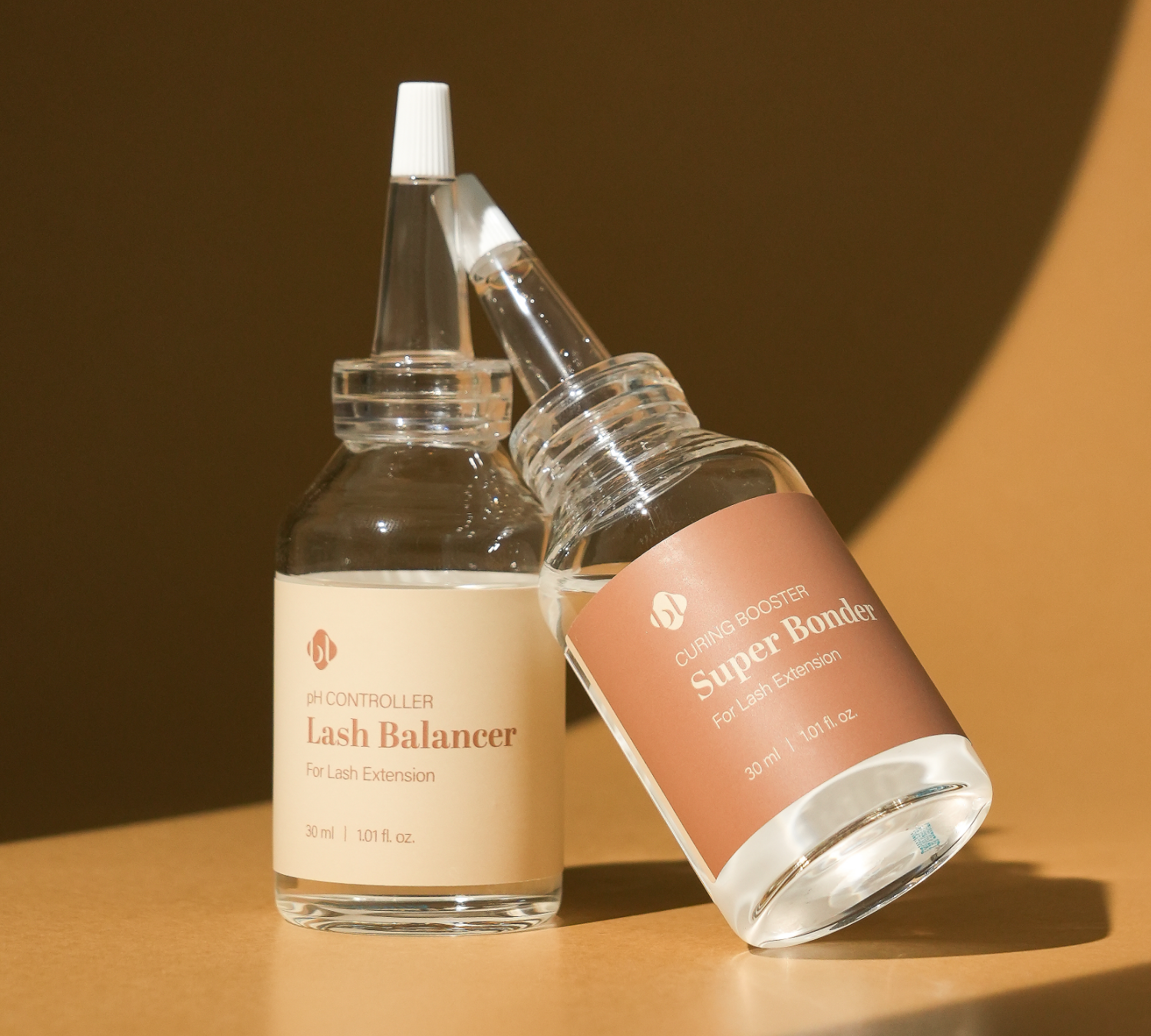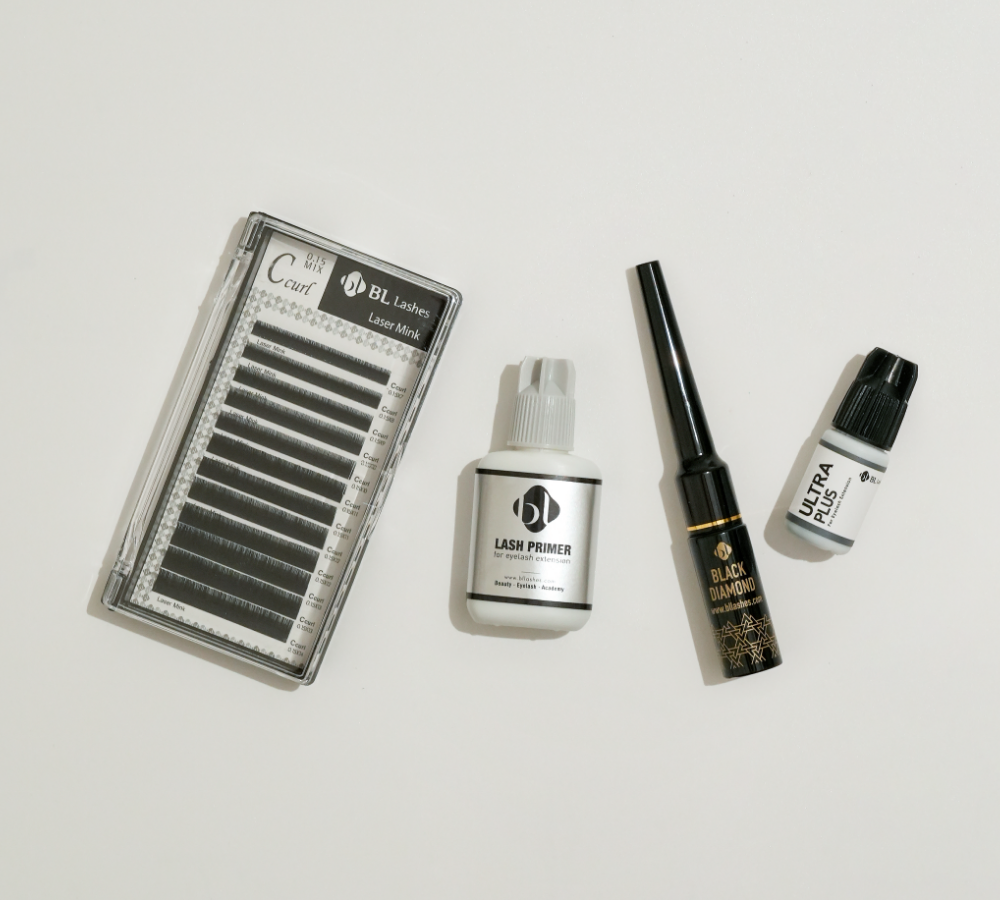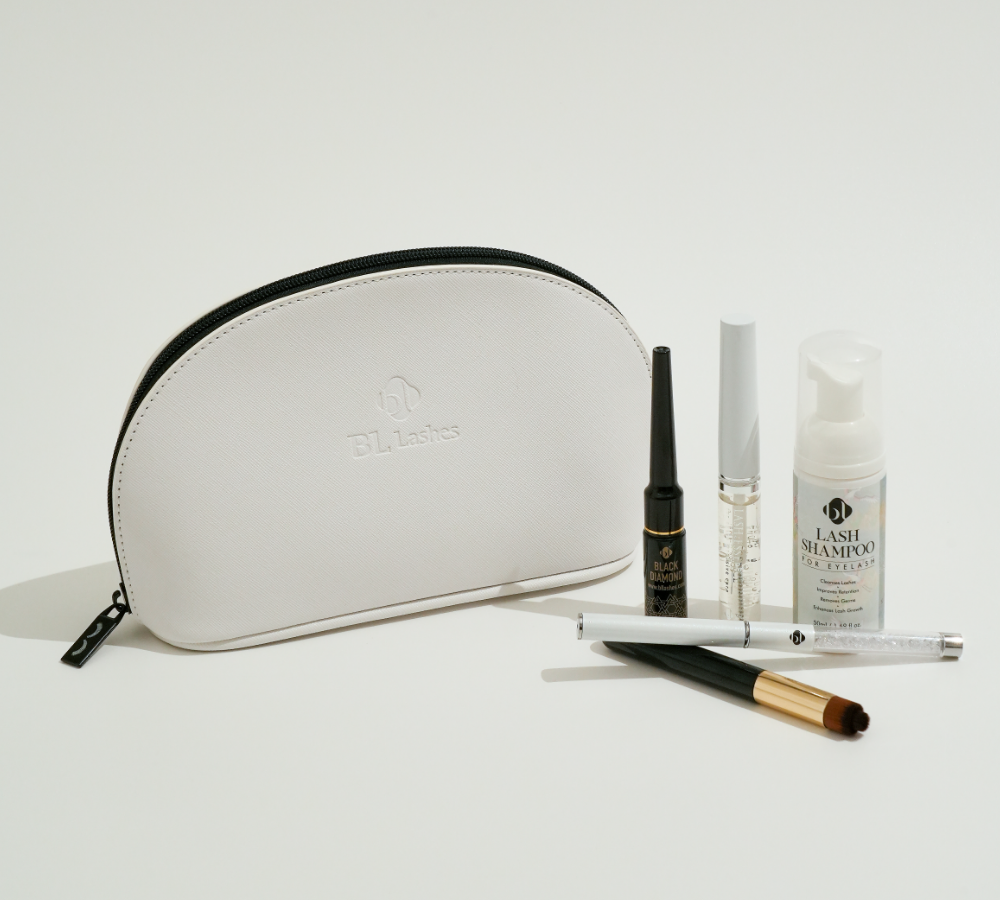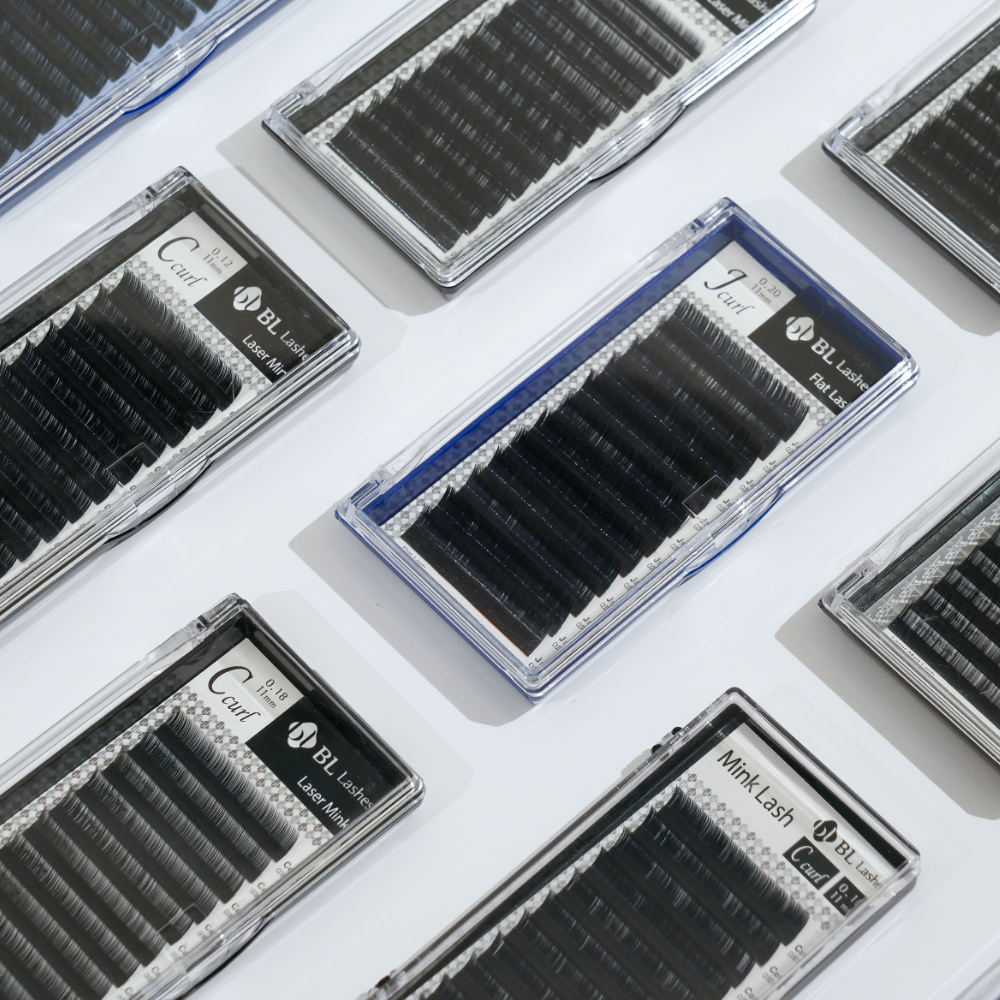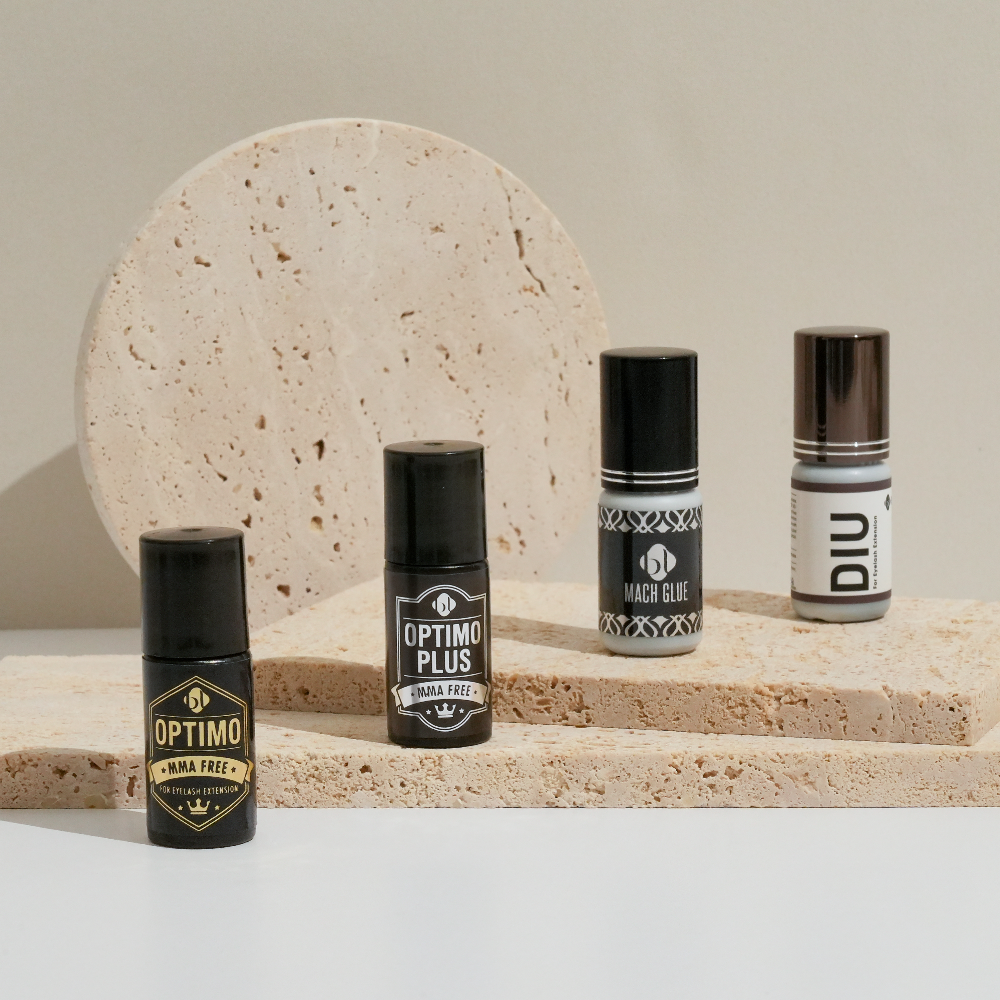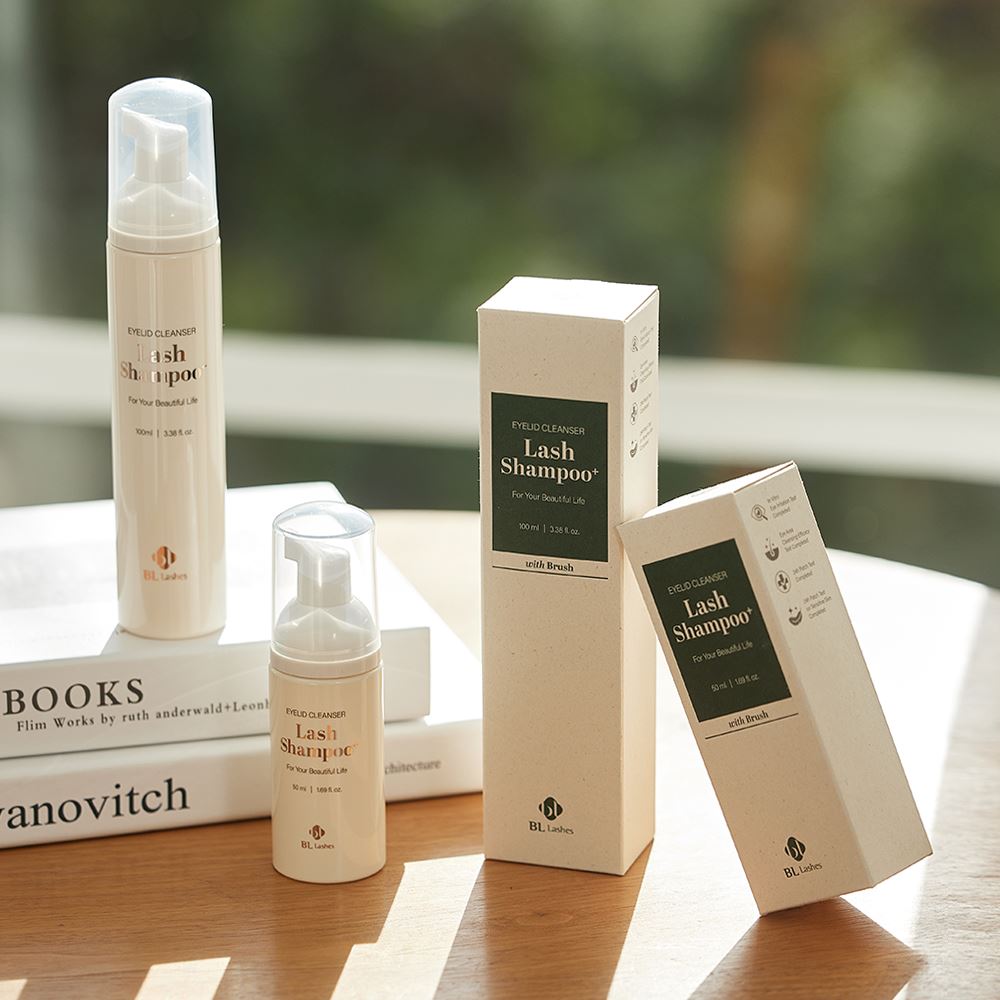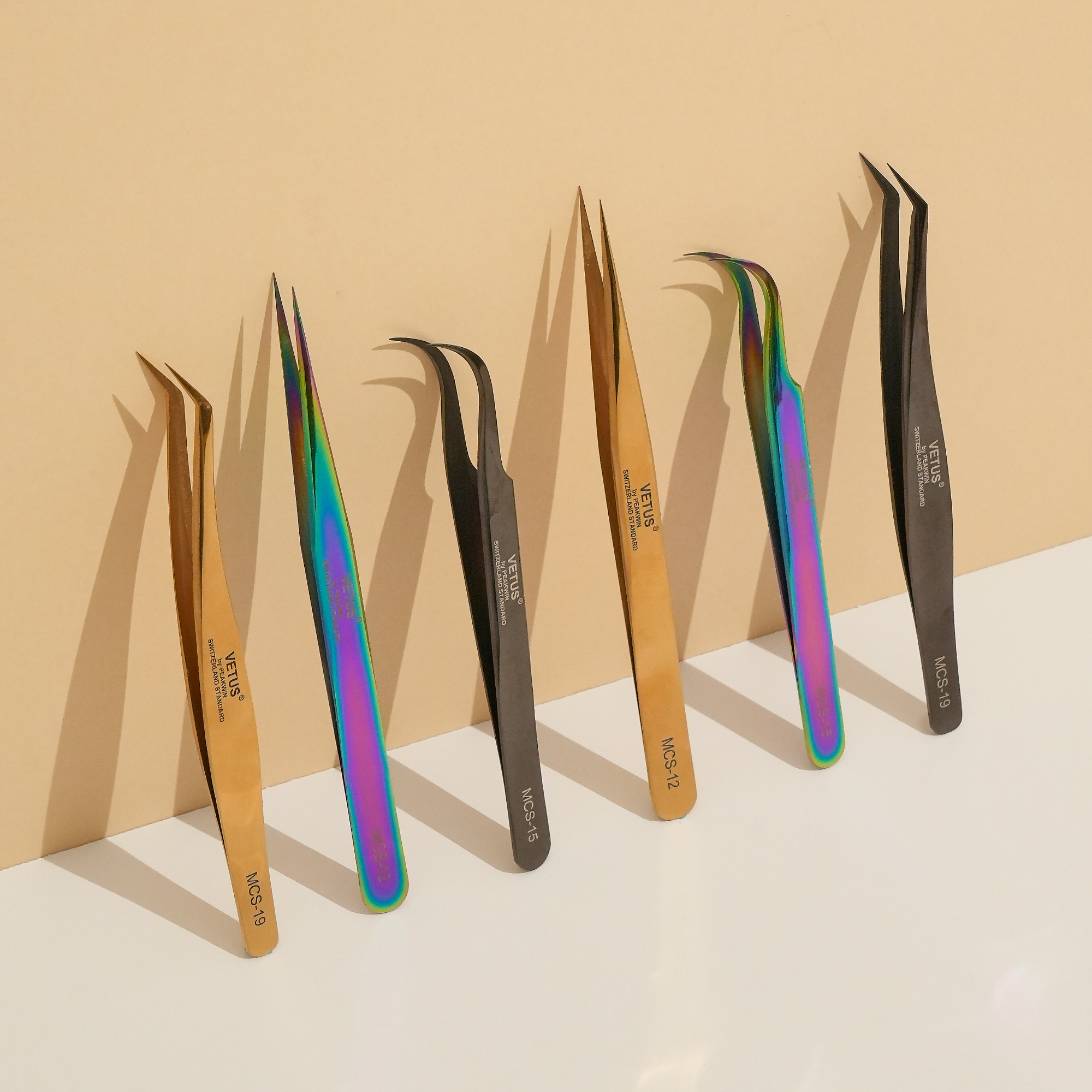BL Lashes - December 06 2020
How to take a better photo for lash extension business

Whether you’re just starting your lash business or you’ve been in the game for years, you know that your image is super important for bringing in (and keeping) clients. And we mean that literally.
As a lash artist, one of the best ways to keep customers coming through the door is to always be taking photos of your latest creations and share on Instagram.
We know not everyone is born with amazing photography skills, but with a little help from the right accessories and some pro tips, you can create head-turning photos that showcase your equally fabulous lash looks.
Should I use a special lens?
There are various types of lenses on the market to turn your mobile phone into a high-quality tool for taking great photos of your lash work. You can easily find them as a kit on Amazon.
Many lens kits come with a clip-over lens base, which simply sits over the top of your phone camera lens. They often come with several lens options so you can choose one that best fits the look you want to achieve. See if you need to use a lens for the purpose you’re after.
Use a macro lens for showing detailed lash work

Macro lenses are used for extreme close-up photography, usually of very small subjects and living organisms like insects! They are ideal for our industry as they can capture a lot of detail, such as natural lashes in different stages of growth, great attachment, and perfect fans.
Having said that, macro photographs are useful if you’re a lash trainer. They can be a learning tool for your lash technicians as so much of the detail will be visible.
However, creating photos to attract more lash clients is your goal, so choose a different lens such as a wide-angle lens.
NO lens is needed to show overall design

If your goal is to attract more customers by showing your work on social media platforms, you should show more of the overall designs of your work, which shows the whole eye or the entire face of your client, rather than a close-up photo of the lash fans.
What your potential clients want to see is how they will look if they got lashes from you. Naturally, before and after photos always attract the most views.
To capture the overall design, you don’t necessarily need a special lens. The trick is not to zoom into your client’s face from far away.
Rather, hold your phone as close as possible to the client’s face and take a picture.
This might feel a bit awkward at first, but moving your camera closer to the eye will give you a sharper, more defined photo than zooming in.
How to set up the lighting

It’s amazing what good lighting can do for a photo. Why do you think professional photographers rely on it so much? It’s so important to have a good, wide, even source of light when you are taking photos, even if it’s just with a mobile phone.
Ring lights

You might have seen fashion and makeup influencers using ring lights in their videos, and there’s a good reason for that: they make them look great without pesky shadows from hands or bodies. So, in order to have great photos for your portfolio and social media feed, you should consider investing in a ring light. They’re gentle, even, and flattering, and you can even use it as your source of light for lashing.
Selfie lights

Another great option is selfie lights, which are small clip-on USB-powered lights that have a range of brightness options. They’re great for adding extra light and glow to a close up portrait. Because they are particularly good for filling in small shadows and highlighting detail, they help to make photos brighter and more flattering.
Rules of composition
With what you’ve learned above, you’ve already upped your photography game, but there’s still more you can do to make anyone stop scrolling and really take in the beauty of your stunning lash sets.
Photo grids and composition
Did you know that the focal point (what the eye goes to first) doesn’t always have to be in the middle of the frame? In fact, a lot of the time, our subconscious mind doesn’t even like it. Thankfully, in photography there are several ways to put together a photo that catch people’s attention in pleasing ways.
The rule of thirds
Professional photographers love the rule of thirds, and it will quickly become your favorite way to take pictures, too. When preparing to take a photo, imagine the scene is separated into nine equal parts, as if there are two horizontal and two vertical lines separating the parts.
Your goal is to place the focus of your photo either along the lines or where they intersect. For lash work, intersections work best. For example, the focal points of the image below are the outer wing of the cat eye and the pupil. Your eyes are drawn to both, and the image has a much greater impact on you than if it were just centered. I mean, look at those lashes!
Filling the frame and cropping
When we take photos, especially of our lash work, we don’t always have the luxury of having a beautiful backdrop. If your surroundings aren’t ideal and might take away from the photo, cropping in tight around your main point of focus will get rid of the distraction and instantly make the photo more attractive.
Filling the frame is another way to do this, but this should only be done if you are intentionally capturing with the finished photo in mind. You can either leave some space around the focal area in order to finish the process in an editing app by cropping and rotating, or you can choose to shoot exactly the way you want your finished photo to appear.
Creating depth
Adding details in the fore-, middle-, and background will add depth to your image as well as draw the eye through the photo. To create depth within a photo of your lash work, you can capture the image from an angle, where there is a foreground (closest to us) and background (farther away), by tapping the phone screen and focusing on the eye that is nearer.
This will automatically create a depth of field by slightly blurring what is in the distance. This helps to make the photo have a more three-dimensional feel, which showcases the lashes from various angles so they can better see the curl and length.
Angles
Angles are so important when taking flattering photos of your clients and your lash work. Always choose your angle with intent. Ask yourself, “What is it that this photo is meant to showcase?”.
If it is the beautiful curl, you will want to angle your camera in a way that you are able to capture the detail of the curl of the lashes, as in the examples below. The top image captures the detail of the light hitting and highlighting the curl on the far eye and shows the angle of the curl overall.
The second photo is taken from slightly lower and shows the depth of the curl from right in the lash line, which highlights a dramatic difference in the detail that might be important to future clients looking for their favorite styling.
Both of these angles are equally important in showcasing the overall styling of the eye
Photo editing
Should we edit the photo? If so, to what extent? We’d say it’s better to NOT touch up the work (filling in the gap, inner corner, etc.) because that would simply not be true to your work.
We also see many lash photos with overly retouched skin. Your client’s skin should never be touched up to the point that it’s almost blurry. This not only looks fake, but it also can make your client feel insecure about her natural skin.
If there’s a breakout or too much redness in your client’s skin, use a close-up shot of the eye only, cropping out the rest of the face.
When editing your lash photos, adjusting the brightness, contrast, and shadows is enough to make your photo look great.
Get snapping
We hope these tips will help you elevate your photography skills so that you can wow your clients and have lines coming out the door waiting to book an appointment. Just as with lashing, practice makes perfect. Try out these tips at home or with a friend or a training dummy, and little by little you’ll be taking amazing photos of your even more amazing lashing skills.
This blog is protected by copyright law. Reproduction or rewriting without permission is strictly prohibited.


